4 options to upload files to cloud storage
Laptops break down. We lose track of external hard drives. Our local data sometimes ends up corrupted. These are the downsides to storing files and other data locally on our devices.
Many people are beginning to realize that cloud storage is a lot more reliable than local storage. After all, corporate servers are housed in secure, temperature-controlled, well-maintained facilities. Plus, those servers are constantly monitored and backed up regularly.
Internet speeds keep getting faster, and more and more people have access to high-speed internet. So the reliability of cloud storage and the modern convenience of high-speed access makes uploading files and data to the cloud a no-brainer.
But when you’re looking into how to upload files, it’s best to start by deciding which service you’ll use to store them. Let’s look at a few options you have for saving your data to the cloud.
1. Dropbox
Dropbox is one of the most popular file uploading services. It’s been around for 14 years, and more than 700 million users trust Dropbox with their files.
The free plan gives you 2 GB of storage, and paid plans start at $9.99 per month for up to 2 TB of data
Dropbox provides downloadable apps for desktop and mobile devices that let you automatically sync your local data with its servers. There’s also a Chrome browser extension that lets you integrate your files more tightly with your browsing experience.
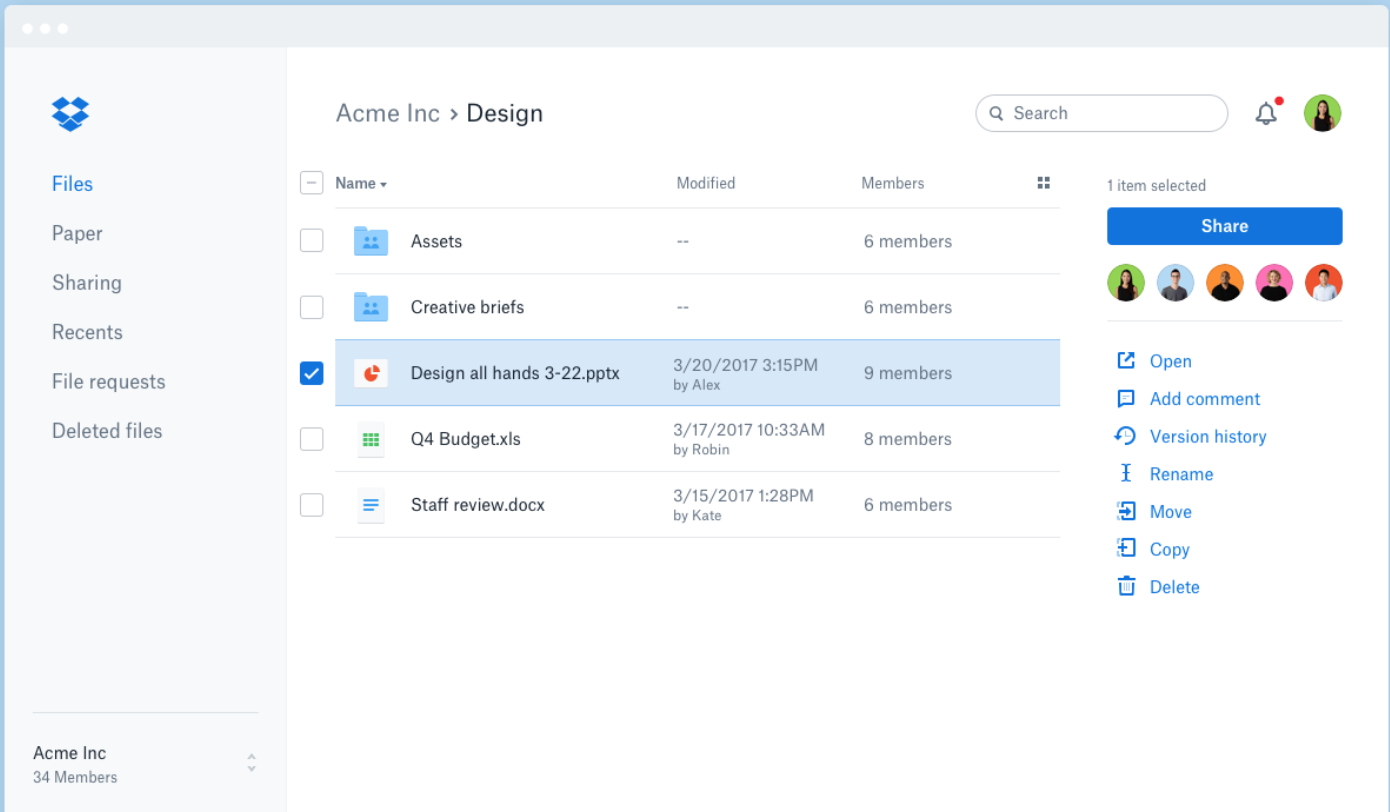
2. Box
Box has more similarities with Dropbox than its name. As you might expect, it provides excellent cloud storage, and it has a wide range of integrations as well as a Chrome extension.
Where Box really stands out is its focus on security and collaboration — and that’s how it aims to be a better choice for businesses.
The extra security comes at a cost, though. Although the free plan is generous and lets you store 10 GB of data, the Personal Pro plan has a cap of 100 GB for $10 per month. Box also offers four plans for businesses, starting at $15 per user, per month.
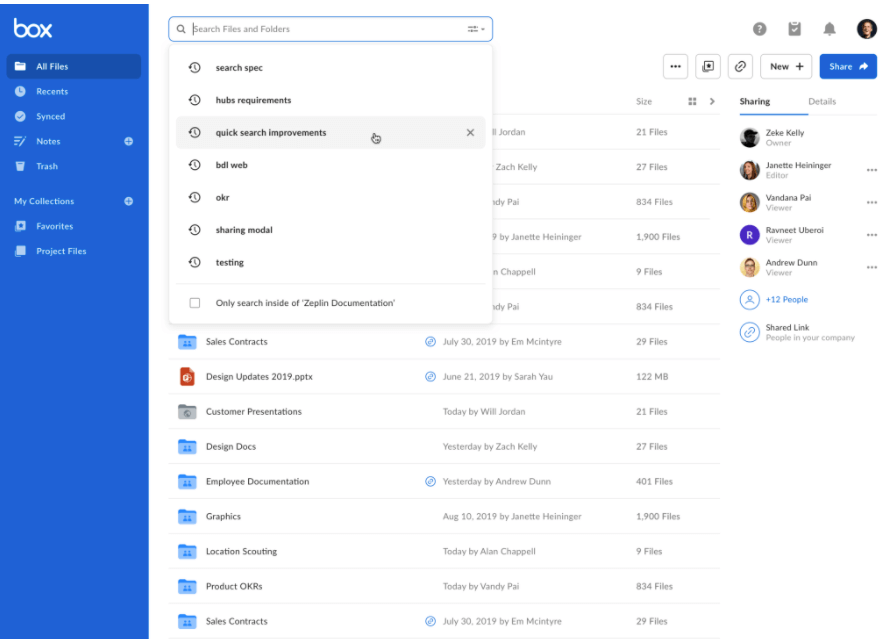
3. Jotform
What if you want to create a single portal to upload your files without having to download special software? Or what if you want to make it easy for someone else to upload files to your cloud storage account?
One solution would be to create an upload form with Jotform. You can make one in minutes.
With Jotform, you can upload files as large as 1 GB, and our integrations will let you store them in Dropbox, Box, and Google Drive.
We also enable you to store up to 100 MB of data for free. It’s a great way to store lots of smaller items — like everyone’s photos from your latest family gathering.
4. Google One
Google One is an excellent choice for your personal cloud storage because, well, it’s Google. It’s also a great option because it’s much more than a file storage solution, providing a full suite of tools similar to those found in Microsoft Office. That means you can work on your documents, spreadsheets, and more, right from the web app.
Google One also has all the local apps for mobile and desktop that the other cloud storage companies do.
Google One offers plans with similar prices to Dropbox, but Google One provides more options and more storage (15 GB) with its free tier. The 2 TB tier is $9.99 per month, but there are also lower tiers that start at $1.99 for 100 GB of storage. Businesses can get private access to their own drive through Google Workspace.
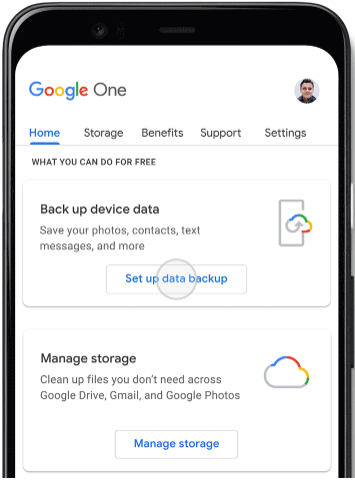
Promotional options
Many companies provide cloud storage as a way to boost their offerings. Some examples are iCloud by Apple, Creative Cloud by Adobe, and GoPro Subscription.
These add-on features can be especially useful for anyone already using a company’s services. For example, syncing data across your Apple devices is a snap with iCloud, and Adobe’s Creative Cloud lets your whole team collaborate on design projects.
There’s a drawback to these options, though. They tend to lock you into using their services, and they may not be as polished as more general-purpose cloud storage services.
For example, if you decide to switch from iPhone and Mac to Android and PC, you could have a hard time transferring your data. iCloud doesn’t offer an Android app, and the PC offering has gotten mediocre reviews, according to sites like PC Magazine, TechRadar, and Tom’s Guide.
On top of that, it’s a lot easier to organize your files if they’re all in one location. Unless you have a compelling reason to go this route, it’s probably best to avoid these niche services and stick with the big-name providers.





























































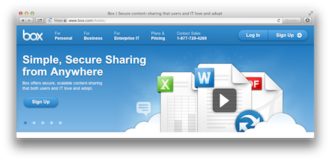








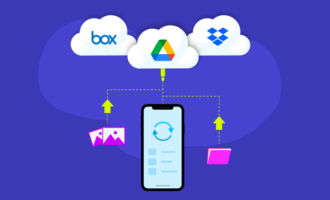


Send Comment: